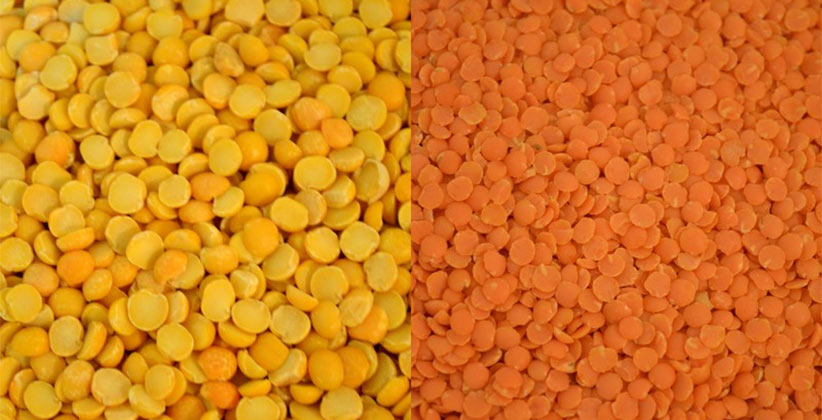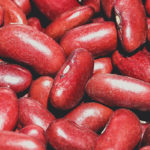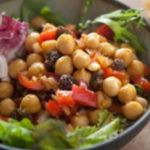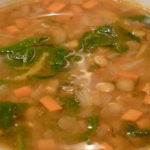
Both split peas and lentils are from the legume family they, like beans, come from a different variety of legume. Split peas are grown specifically for drying and they split naturally when dried and lentils are the seed of a plant that is dried. The better word for all these is pulse. A pulse is a dry legume that grows in a pod of one to 12 seeds. It includes beans, lentils, and peas. Although split peas belong to the same family as beans and lentils, they are usually distinguished as a separate group because of the ways in which they are prepared. Peas are all round or spherical and lentils are flat and round, and beans are more oval and fuller in shape.
Split Peas
The split pea and the green pea are one and the same. The split pea can be either a green pea or a yellow pea. The difference lies in how they are processed. Both are the seeds of Pisum Sativum. To make a split pea, the green pea is peeled and dried. Split peas are field peas, they are either yellow or green peas grown specifically for drying. When these peas are hulled and then split in half along the natural seam, they become split peas, which encourages faster cooking and eliminates the need to presoak. Split peas can be stored in an airtight container for up to one year.
The advantage of split peas is that they do not require soaking before cooking in addition to them being very high in protein and fiber but low in fat. Green split peas tend to be sweeter and not as starchy as the mild yellow split pea. Yellow split peas are not the same as the red/yellow lentils used to make Indian dals.
Lentils
Lentils are also from the pulse family and like split peas; they are excellent sources of fiber, protein and are low in fat. Lentils also contain high amounts of calcium, folate and vitamins. Lentils tend to be flat, round shaped, and some do come split such as the red/yellow lentil, which is from the masoor lentil and used to create Indian dals. Similar to split peas, they are great sources of fiber and protein and also contain high amounts of calcium and vitamins A and B.
There are several types of lentils, which can be confusing as they vary in size, shape and color. The most common are the green or brown lentils, which have a seed coat outside that ranges from light greens to dark browns and the insides, are a creamy almost yellow colour. Puy Lentils which are the authentic grown in France gourmet lentil, have a stronger flavor and don’t tend to go mushy when cooked. Red lentils are smaller and rounder and tend to cook down to a mushier consistency and then there are yellow lentils, which are actually split masoor lentils used in dals.
Humans have used lentils as food for thousands of years making them quite possibly one of the world’s oldest foods. Lentils are used in virtually every country in the world from dips to pilafs; meat replacements in veggie burgers, Lentils are cooked around the world and are great meat substitutes. In Arabic, countries there are mujadarra dishes with rice and lentils, Koshari in Egypt, Kik wot in Ethiopia dal puri for breakfast in India and hundreds of other tasty dishes.
If you are looking for a Canadian lentil exporter or for more information about lentils, give us a call at +1 (416) 548-5901 today!
Extracted from: http://www.thekitchn.com/whats-the-difference-between-split-peas-and-lentils-word-of-mouth-214986




Comments are closed.